#neglectus
Text

More burrowing dinosaurs, this time Thescelosaurus neglectus
[x]
The illustration by Anthony Hutchings its so beautiful.
18 notes
·
View notes
Text
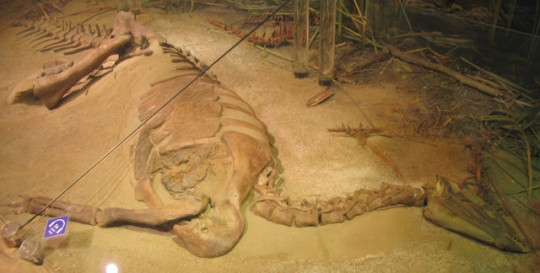
An article published in the journal "Scientific Reports" offers new information on the sensory capabilities of the Thescelosaurus neglectus, a small dinosaur that lived just before the great extinction that wiped out non-avian dinosaurs at the end of the Cretaceous period. Paleontologists David Button and Lindsay Zanno submitted a Thescelosaurus skull to a CT scan to reconstruct its interior to create a 3D representation of its brain and inner ear. The conclusion is that this species had some very developed senses, useful for living in burrows.
16 notes
·
View notes
Photo

De Brazza’s Monkey (Cercopithecus neglectus) in Calgary Zoo, Canada
by Alive in Calgary
#de brazza's monkey#monkeys#Cercopithecus neglectus#Cercopithecus#Cercopithecidae#haplorhini#primates#mammalia#chordata#captive animal#calgary zoo
23 notes
·
View notes
Text

Thescelosaurus neglectus by Anthony J. Hutchings.
#paleoart#paleontology#dinosaurs#fossil#cretaceous#fossils#thescelosaurus#ornithopod#ornithischian#feathered dinosaur
355 notes
·
View notes
Text
An oddly specific trend in dinosaur taxonomy is naming things for how long it took to study them:
Thescelosaurus neglectus (named in 1913), the "neglected marvelous lizard", based on a skeleton excavated in 1891 but stored in a shipping crate for over 20 years before being recognized as a new species.
Camptosaurus aphanoecetes (named in 2008), the "hidden-dweller bent lizard", named because its skeleton was "hidden in plain sight" on public display for several decades before being recognized as a new species.
Abditosaurus kuehnei (named in 2022), "Walter Georg Kühne's forgotten lizard", based on a skeleton found by Kühne in 1954 but not fully excavated until 2014.
Oblitosaurus bunnueli (named in 2023) "Luis Buñuel's forgotten lizard", based on a skeleton that was excavated fairly recently (in 2009) but nonetheless took longer than any other specimen from the same fossil site to be scientifically studied.
Igai semkhu (named in 2023) "the forgotten lord of the oasis", based on a skeleton discovered in 1977 but shipped from museum to museum for years before study on it was completed.
Given the publication of the last two of these in the last week or so, the trend seems to be accelerating.
53 notes
·
View notes
Text



Debrazza's Monkey (Cercopithecus neglectus) with her first offspring at the San Diego Zoo. November 7, 2023.
30 notes
·
View notes
Text

27 notes
·
View notes
Text
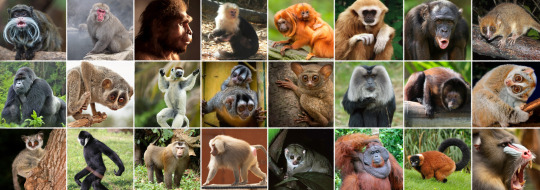
🦍The primate tournament list of candidates has been finalised! Polls will start going up soon!🦧
Thank you to everyone who submitted a species! Here is the full written list:
Basal primates (non-simian primates, including Strepsirrhini and Tarsiiformes)
†Notharctus (Notharctus tenebrosus)
Calabar angwantibo (Arctocebus calabarensis)
West African potto (Perodicticus potto)
Red slender loris (Loris tardigradus)
Bengal slow loris (Nycticebus bengalensis)
Pygmy slow loris (Xanthonycticebus pygmaeus)
Senegal bushbaby (Galago senegalensis)
Brown greater galago (Otolemur crassicaudatus)
Ring-tailed lemur (Lemur catta)
Verreaux’s sifaka (Propithecus verreauxi)
†Archaeoindris (Archaeoindris fontoynontii)
†Megaladapis (Megaladapis madagascariensis)
Madame berthe’s mouse lemur (Microcebus berthae)
Aye-aye (Daubentonia madagascariensis)
Philippine tarsier (Carlito syrichta)
Pygmy tarsier (Tarsius pumilus)
New world monkeys (Platyrrhini)
Wied’s marmoset (Callithrix kuhlii)
Goeldi’s marmoset (Callimico goeldii)
Bearded emperor tamarin (Saguinus imperator subgrisescens)
Golden-headed lion tamarin (Leontopithecus chrysomelas)
Panamanian white-faced capuchin (Cebus imitator)
Central American squirrel monkey (Saimiri oerstedii)
Gray-bellied night monkey (Aotus lemurinus)
Bald uakari (Cacajao calvus)
Madidi titi monkey (Plecturocebus aureipalatii)
Atlantic titi monkey (Callicebus personatus)
Black bearded saki (Chiropotes satanas)
White-faced saki (Pithecia pithecia)
Colombian red howler (Alouatta seniculus)
Brown spider monkey (Ateles hybridus)
Northern muriqui (Brachyteles hypoxanthus)
Yellow-tailed woolly monkey (Lagothrix flavicauda)
Old world monkeys (Cercopithecidae)
Mantled guereza (Colobus guereza)
Zanzibar red colobus (Piliocolobus kirkii)
Nepal gray langur (Semnopithecus schistaceus)
Silvery lutung (Trachypithecus cristatux)
Golden snub-nosed monkey (Rhinopithecus roxellana)
Proboscis monkey (Nasalis larvatus)
Red-shanked douc (Pygathrix nemaeus)
Collared mangabey (Cercocebus torquatus)
Japanese macaque (Macaca fuscata)
Rhesus macaque (Macaca mulatta)
Hamadryas baboon (Papio hamadryas)
Mandrill (Mandrillus sphinx)
Gelada (Theropithecus gelada)
Common patas monkey (Erythrocebus patas)
Bale mountains vervet (Chlorocebus djamdjamensis)
De brazza’s monkey (Cercopithecus neglectus)
Apes (Hominoidea)
Lar gibbon (Hylobates lar)
Pileated gibbon (Hylobates pileatus)
Kloss’s gibbon (Hylobates klossii)
Northern white-cheeked gibbon (Nomascus leucogenys)
Siamang (symphalangus syndactylus)
†Junzi (Junzi imperialis)
Bornean orangutan (Pongo pygmaeus)
†Gigantopithecus (Gigantopithecus blacki)
†Dryopithecus (Dryopithecus fontani)
Western lowland gorilla (Gorilla gorilla gorilla)
Chimpanzee (Pan troglodytes)
Bonobo (Pan paniscus)
†Australopithecus (Australopithecus afarensis)
†Panranthropus (Panranthropus boisei)
†Flores hobbit (Homo floresiensis)
†Neanderthal (Homo neanderthalensis)

The first set of polls will go up as soon as I have finished writing the descriptions! In the meantime, I would appreciate if you could share this tournament around- it won’t be much of a tournament if there aren’t that many people voting! In going down the research rabbit hole I’ve found so many interesting species and stories, and I promise learning about them here will be worth your time!
#primate bracket#tournament#tumblr tournament#poll#polls#primate#primates#extinct primates#biology#animals#zoology#please let me know if I made a mistake anywhere!
97 notes
·
View notes
Text

De brazza’s monkey (Cercopithecus neglectus)
This monkey is good at hiding from predators and humans despite its size and adornments. It lives in the canopy of Central African forests, never found far from rivers, and eats leaves, fruits, seeds, and insects. Bizarrely, this and many other Old World monkeys have rodent-like cheek pouches to store food!
#markhors-menagerie#primates#old world monkeys#monkeys#animal facts#fun facts#animals#biology#de brazza’s monkey
10 notes
·
View notes
Text
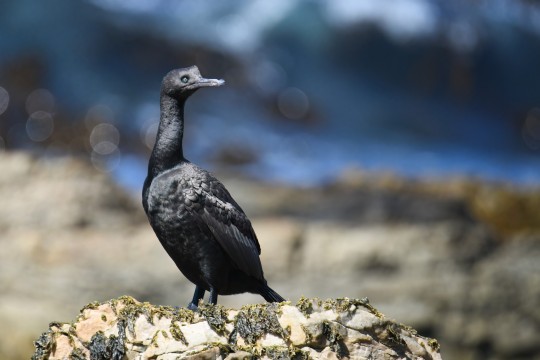
[580/10,977] Bank Cormorant - Phalacrocorax neglectus
Order: Suliformes
Family: Phalacrocoracidae (cormorants)
Genus: Phalacrocorax (old world cormorants)
Photo credit: Regard Van Dyk via Macaulay Library
21 notes
·
View notes
Text

Dianthus Neglectus (Alpine Pink)
2 notes
·
View notes
Text
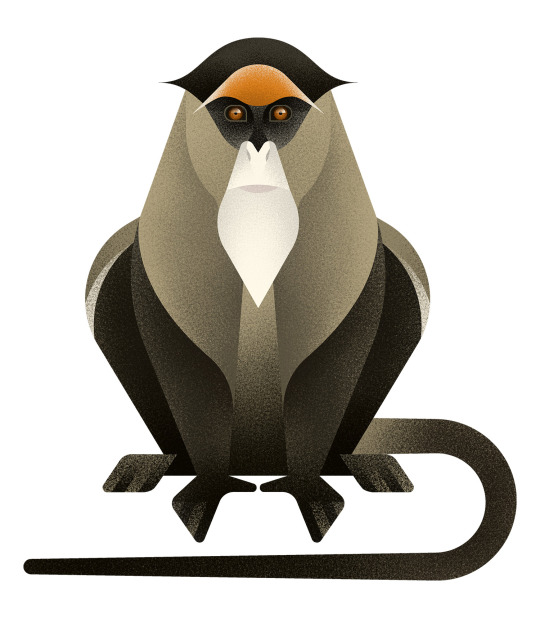
De Brazza's Monkey (Cercopithecus neglectus)
3 notes
·
View notes
Text

Un articolo pubblicato sulla rivista "Scientific Reports" offre nuove informazioni sulle capacità sensoriali del tescelosauro (Thescelosaurus neglectus), un piccolo dinosauro che visse proprio prima della grande estinzione che eliminò i dinosauri non aviani alla fine del periodo Cretaceo. I paleontologi David Button e Lindsay Zanno hanno sottoposto a una TAC per ricostruire la parte interna del cranio di tescelosauro per creare una rappresentazione tridimensionale del suo cervello e del suo orecchio interno. La conclusione è che questa specie aveva alcuni sensi molto sviluppati, utili per vivere in tane sotterranee.
2 notes
·
View notes
Photo
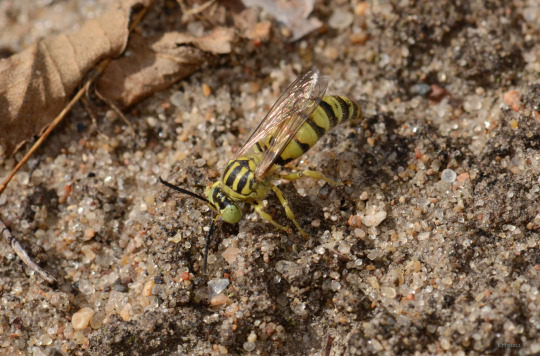
Sand Wasp (Bembecinus neglectus)
The current window of opportunity to see this rare Sand Wasp quickly closes.
14 notes
·
View notes
Text
TIL about ant communal disinfection 🐜💊🌿🌼:
Fire ants feed their larvae venom, likely as an internal antibiotic link
Lasius neglectus (invasive garden ants): not only do they mechanically remove fungal particles, they chemically disinfect other ants by applying venom link
Wood ants essentially make their own antibiotic: they mix their own venom and the coniferous tree resin that they use as nesting material, which synergistically enhances the resin’s disinfecting properties, thus potentiating the inhibition of fungi growth in the nests link
Ants who are caring for an infected mate can acquire an essentially asymptomatic infection, which increases susceptibility to a different pathogen. In order to reduce this chance for superinfection, caregiving ants who are infected with a pathogen A will groom (physically remove infectious particles with their mouth parts) and disinfect with venom other mates infected with the same pathogen but will avoid physically grooming those infected with a pathogen B, preferring to spray venom from a larger distance to avoid superinfection. link
#biology#science#antimicrobials#antibiotics#ant venom#ant colony#ants#insects#entomology#insect science#todaynerdyantlearnt
3 notes
·
View notes